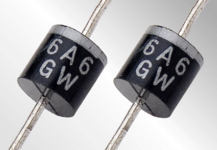So, seems there’s light at the end of the tunnel…
First off, if I use the same SCSI device on the external bus, everything works. So, it must be about the way the Portable is accessing the internal bus, which is likely managed by the software… and, bingo! When I use System 6.0.8, everything works fine, even if the device is mounted on the internal bus.
Will now try a fresh new installation of System 7.1.
First off, if I use the same SCSI device on the external bus, everything works. So, it must be about the way the Portable is accessing the internal bus, which is likely managed by the software… and, bingo! When I use System 6.0.8, everything works fine, even if the device is mounted on the internal bus.
Will now try a fresh new installation of System 7.1.

